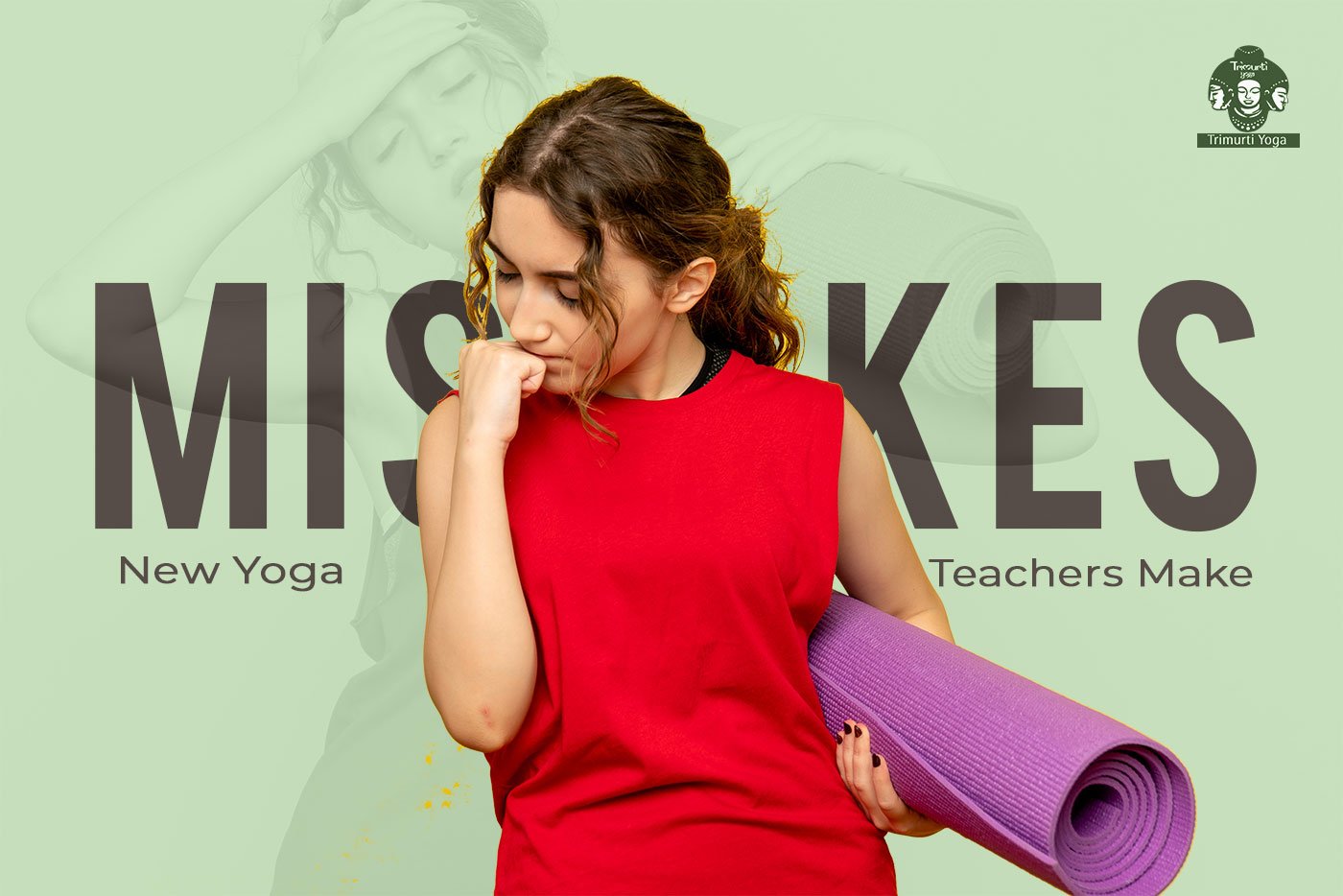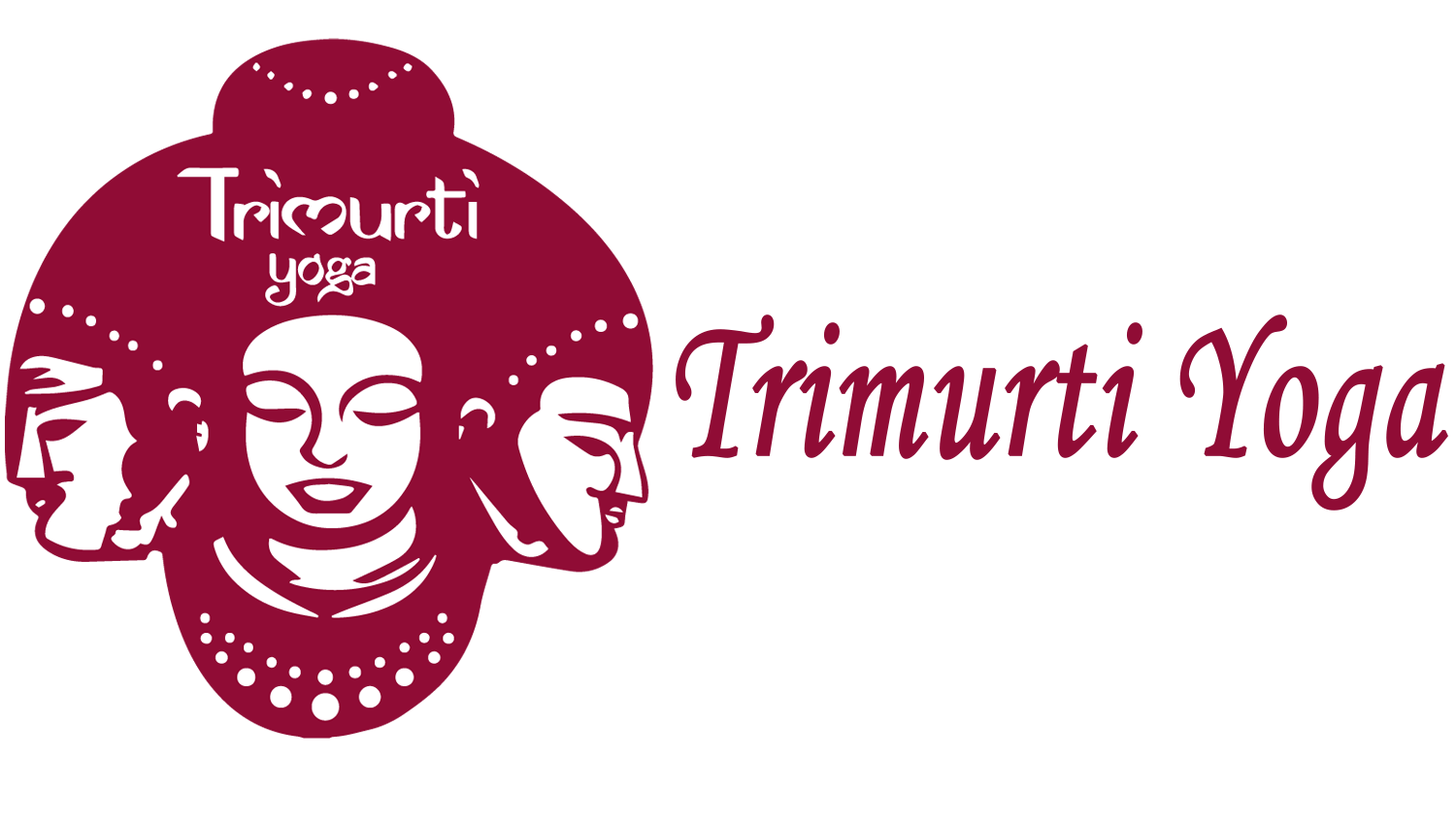
Top Mistakes New Yoga Teachers Make — And How YTT Helps You Avoid Them
Top Mistakes New Yoga Teachers Make often appear in the very first weeks after certification. Imagine this: you’re standing in front of your first group of students, heart racing, convinced you must deliver the “perfect” class. You cue too fast, forget your sequence, or doubt whether students are enjoying it. These moments happen to every new teacher—and they hold valuable lessons. In this article, we explore the real challenges beginners face and how you can transform them into growth, authenticity, and stronger teaching skills.
 Top Mistakes New Yoga Teachers Make
Top Mistakes New Yoga Teachers Make
Every new yoga teacher steps onto the mat with passion, excitement, and a dream to guide others—yet the journey can feel overwhelming. In the rush to teach perfect classes, many beginners stumble into common mistakes that quietly dim their confidence. The good news? These challenges aren’t roadblocks but stepping stones. When you understand them early, you grow faster, teach with more authenticity, and discover your unique voice as a yogi.
In this article, we explore the most common mistakes new yoga teachers make, why they happen, and how a structured YTT program helps you step into your role with confidence, authenticity, and skill.
1. Trying to Teach Like Someone Else
One of the biggest pitfalls for new yoga teachers is attempting to copy their favourite teachers. Inspiration is natural, but imitation often leads to unnatural sequencing, forced cues, and a lack of personal connection with students.
How YTT Helps:
A good YTT encourages self-exploration. It guides trainees to develop their unique voice by grounding them in philosophy, asana principles, and authentic teaching practice. You learn to integrate your strengths—whether it’s calmness, creativity, or humour—into your teaching style.
2. Overloading Students with Instructions
New teachers often feel the need to prove they “know enough.” This results in excessive cueing, long dialogues, and cluttered instructions that overwhelm rather than guide.
How YTT Helps:
YTT teaches the art of concise cueing: short, effective instructions that focus on breath, alignment, and safety. Through teaching practicums, trainees develop clarity and timing—speaking only when needed.
3. Ignoring the Importance of Breath
Beginners commonly focus too much on physical alignment and forget the essence of yoga: breath. Without pranayama awareness, classes feel more like fitness sessions than holistic yoga experiences.
How YTT Helps:
You learn pranayama techniques, breathwork science, and how to integrate breath cues organically into sequences. This elevates your classes from physical to transformative.
4. Rushing Through Sequences
Nervousness can make new teachers move quickly from pose to pose, leaving students little time to settle, feel, and breathe. This compromises both safety and experience.
How YTT Helps:
YTT teaches pacing, class structure, and how to read energy in the room. Trainees practice designing balanced sequences with proper warm-up, peak, and cooldown phases—ensuring every class feels complete.
5. Forgetting That Teaching Is Also Holding Space
Yoga teaching isn’t just asana instruction—it’s also emotional presence. Some new teachers focus so much on delivering a “perfect class” that they overlook how students are feeling.
How YTT Helps:
YTT programs teach the psychology of group dynamics, mindfulness, and inclusive teaching methods. You learn to create a safe, welcoming environment where every student feels seen and supported.
6. Neglecting Self-Practice
Many new teachers become so busy teaching that they stop practising themselves. Without self-practice, inspiration drops, injuries increase, and teaching becomes mechanical.
How YTT Helps:
In YTT, the importance of svadhyaya (self-study) and personal practice is strongly emphasised. You learn that to teach well, you must continue to nourish your own journey.
Why Trimurti Yoga Helps You Rise Above These Mistakes
Trimurti Yoga’s Teacher Training programs are designed precisely to support new teachers through all these early challenges. Our curriculum blends philosophy, anatomy, sequencing, hands-on teaching practice, and authentic self-expression. Trainees don’t just learn to teach—they learn to embody yoga.
Whether you choose our Multistyle, Vinyasa, Ashtanga, or Prenatal YTT, you’ll gain the confidence, clarity, and wisdom needed to avoid common pitfalls and step into your teaching journey with grace.
Trimurti Yoga trains you not just to instruct—but to inspire.





Leave a Reply